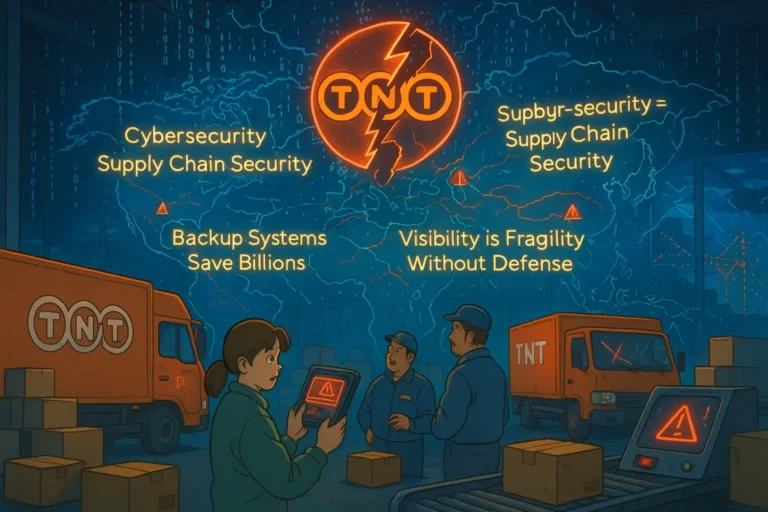
The world of supply chain management is constantly evolving, and technology has a lot to say about it, especially where data and analytics are concerned.
Global currency used to be gold, then it was oil, now it is information. Information can 10x your productivity, whether in your personal life or in your business.
The same applies to your supply chain management. However, information on its own cannot do much. Just like oil cannot do much until it is refined. This is where Data analytics comes in.
The drive for supply chain evolution is the ever-changing consumer behaviour. It used to be a guessing game where businesses and supply chains did their best to forecast and then pray it worked out right.
Evidently, that is no longer the case, but it took the advent of data analytics to be able to effectively track, monitor, and react to consumer behaviours on time.
Zara’s supply chain is an example of a business process that embodies and enjoys the benefits of data analytics.
Why is Data Important in Supply Chain Management?
- Enhanced Visibility: It provides real-time insights into every aspect of the supply chain from the beginning (sourcing) until the goods are delivered to the customer./
- Cost Reduction: Supply chains can optimize routes and inventory levels and streamline processes by analyzing data. The optimization and streamlining eventually lead to cost savings.
- Improved Decision-Making: You must make decisions that impact your supply chain every step of the way. How about if you were slightly more informed about the facts before making those decisions?
- Risk Mitigation: Analyzing data helps identify potential risks such as supplier disruptions, market fluctuations, or geopolitical issues. With this information on hand, supply chains can develop strategies to mitigate these risks.
- Enhanced Customer Service: With correct data, supply chains can better anticipate and serve their customer’s needs through tools like demand forecasting and planning systems. This entails ensuring products are in stock and ready for delivery to customers
How to Optimize Your Supply Chain Management’s Data Effectively
Managing data will help you make the most out of them. To do these, the following tips will guide you.
1. Leverage Data Visualization when Communicating
Although data is important in the decision-making process, when it is in its raw form, it is useless to the management and other stakeholders.
Most times, when it has been refined, there is still difficulty in understanding it. This is where data visualization and storytelling come into play.
When presenting data, for instance, demand forecasting, use charts such as bar or pie charts to point to the data while comparing it to estimated and actual demand for the previous period.
Data visualization also comes in handy when analyzing inventory performance, especially while using the ABC analysis.
Data visualization enables stakeholders to understand the story behind the data analytics, which in turn ensures a prompt and effective decision-making process.
2. Ensure Data Accuracy & Quality
Visualizing and telling the story behind your supply chain’s data analytics efforts is all nice, but if that information is wrong, your data and its analytics will be for nought.
But it doesn’t stop there. When stakeholders and management make decisions based on those data, it can hobble the supply chain by creating massive disruption.
An example of this is missing the demand forecast and undervaluing actual demands from customers. The supply chain will not be able to meet up because there was no plan in place for such demands.
This situation will cause supply chain downtime, but more importantly, it turns customers away.
Ensuring your supply chain’s data accuracy and quality is a very important step in the effective use of data analytics.
3. Ensure Data Security
In the increasingly competitive environment that is the business world, data is more of an asset than a lot of physical infrastructures the supply chain or business might possess.
Although competition is good, in many cases, it makes for a predatory environment, and your supply chain’s data is one of those prone to unauthorized access.
Data security is twofold. It protects data from misuse and loss from internal stakeholders. On the other hand, it protects data from being manipulated for nefarious purposes by external stakeholders such as a competitor.
To ensure data security, you will need to set up data policy, governance, and backup infrastructure.
4. Training of Staff
As much as your supply chain’s data is important, your staff’s handling of it is equally important. If not, it becomes useless to every stakeholder involved in the process.
Without the right people with the right skills, your organization will face a major hurdle in the use and execution of supply chain data.
Training your staff to use and interpret supply chain data effectively will go a long way in ensuring its effectiveness.

Obinabo Tochukwu Tabansi is a supply chain digital writer (Content writer & Ghostwriter) helping professionals and business owners across Africa learn from real-world supply chain wins and setbacks and apply proven strategies to their own operations. He also crafts social content for logistics and supply chain companies, turning their solutions and insights into engaging posts that drive visibility and trust.







